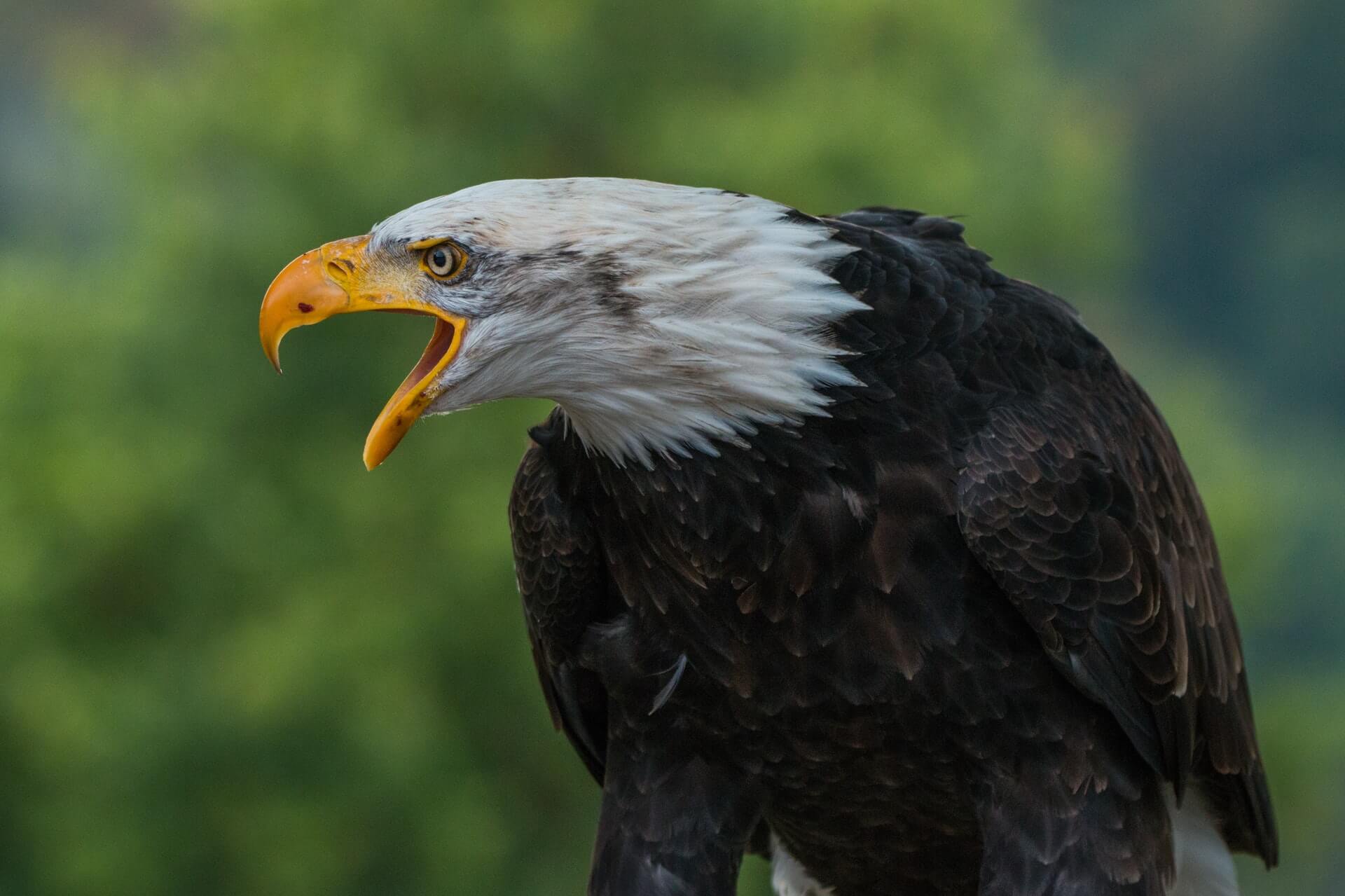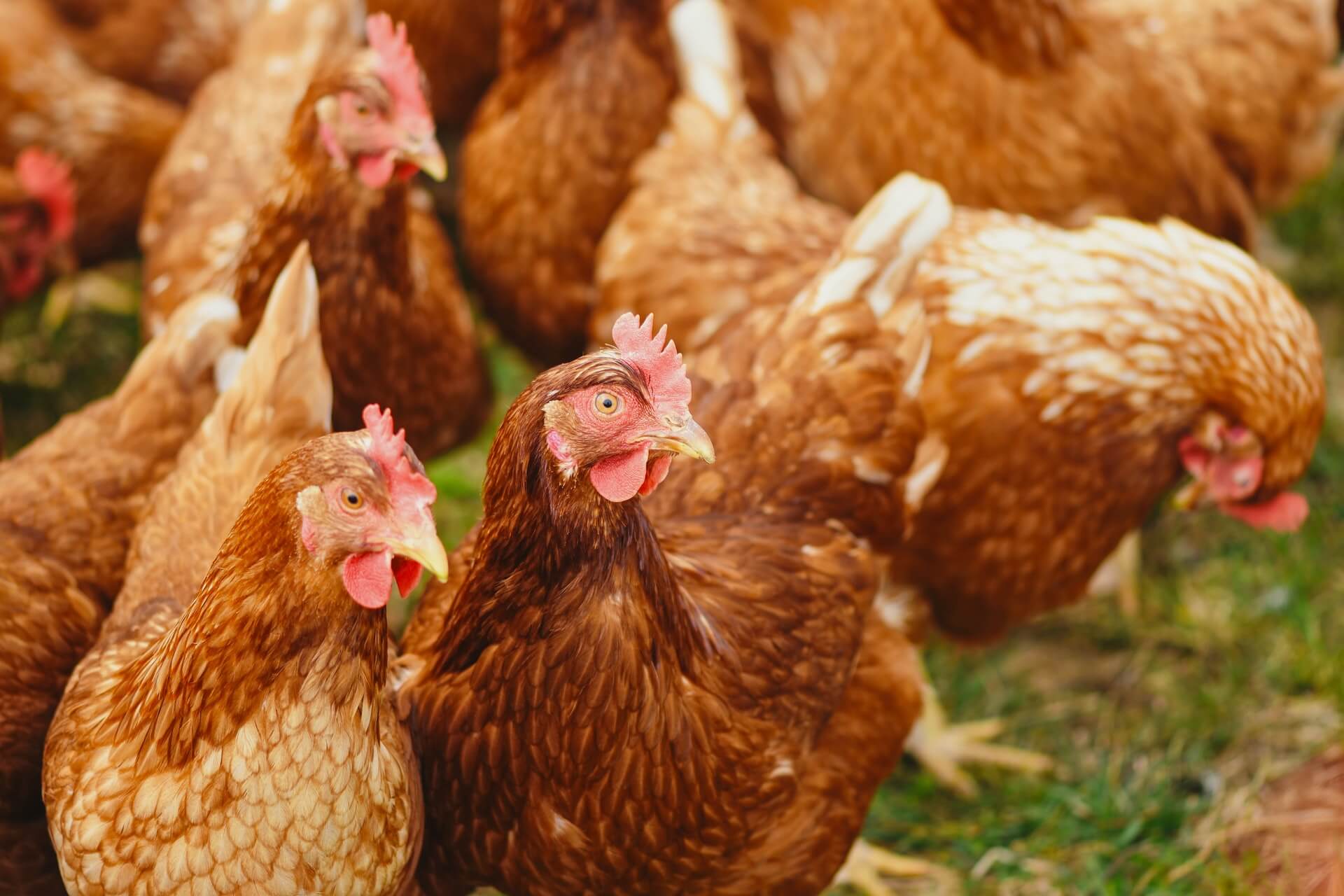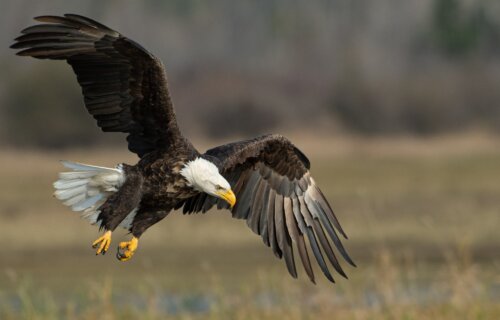COLLEGE PARK, Md. — A new outbreak of bird flu is sweeping across the world, and it may be the deadliest to date, a new study warns. Scientists say the virus is “highly pathogenic” and has sent the price of eggs soaring. Along with infecting other avians, like the bald eagle, other wild mammals such as seals and wild dogs are now catching the disease.
In countries like the United Kingdom, this new type of avian influenza is crossing over to foxes and otters. There are fears it could spread to humans, triggering another pandemic.
“This high pathogenic virus is wiping out everything in numbers that we’ve never seen before,” says study co-author Dr. Jennifer Mullinax from the University of Maryland in a media release.
Bird flu, or H5N1, is an infectious disease among poultry and wild birds that has been around for a century. It usually flares up in the fall, before fading away in spring and summer. However, this new variety is much different, scientists say. Dr. Mullinax and her colleagues found the impact on wild birds and a shift from seasonal to year-round infections signals dangerous changes in the United States. There is an urgent need for unprecedented coordination at a national and regional level.

A year-round bird flu could ruin food supplies
The team also suggests that H5N1 will likely become endemic, potentially posing risks to food security and the economy. The virus can wipe out entire flocks of domestic birds within a matter of days, through bird droppings and saliva, or through contaminated feed and water.
More wild birds than ever before have been killed by this outbreak, with sea birds being especially hard hit. The virus has been detected in dozens of species, including buzzards, golden eagles, gannets, and gulls.
“This paper illustrates how unprecedented it is, and describes what we think is coming. It’s really a call to arms saying, we can’t afford to address this from our individual silos. Federal agencies, state agencies, the agriculture sector and wildlife management, we are all going to have to deal with this together, because we can’t afford not to,” Mullinax continues.
The study, published in the journal Conservation Biology, is based on an analysis of five different data sources from the last decade. They provide information on incidence of highly pathogenic avian influenza in wild birds and poultry focusing on the U.S., Canada, and the rest of the world. The researchers identified progression of highly pathogenic H5N1 as it spread from Europe and Asia to North America, where it was first documented in late 2021.
By October 2022, the disease resulted in 31 reported wild bird mass mortalities, accounting for an estimated 33,504 detections in the U.S. and Canada. In addition, more than 58 million domestic birds were infected or had to be destroyed to limit the spread across America. In 2015, an outbreak of highly pathogenic H5N8 in the U.S. led to the culling of 50 million poultry birds.

‘This disease is heavily impacting wild birds’
That previous bird flu strain was eradicated in North America that same year, largely because it did not seriously impact wild birds, which made containment through culling poultry relatively easy. H5N1, on the other hand, poses new challenges.
“Unlike H5N8, this disease is heavily impacting wild birds,” adds Johanna Harvey, a postdoctoral researcher at UMD and lead author of the study. “It’s difficult to estimate how many birds are truly affected across wild populations, but we’re seeing dramatic disease impacts in raptors, sea birds and colonial nesting birds. And we now have the highest amount of poultry loss to avian influenza, so this is a worst-case scenario.”
When bird flu was seasonal, farmers could prepare, cull flocks to halt the spread of disease, and have nearly a full year to recover their losses. This new variant appears to spread throughout the year, with summertime disease detections in wild birds and poultry outbreaks occurring in both spring and autumn.
The authors suggest the U.S. will follow patterns seen in Europe, where highly pathogenic avian influenza is already being treated as an endemic disease rather than something that can be eradicated. They recommend a management approach similar to processes used to deal with a human pandemic.
“Good decision science is what you do when you don’t know what is going to happen next,” concludes Mullinax, who teaches decision-making science. “This is a novel virus for North American birds, so no one knows if their immune systems will adapt, or how long that will take, or what that will look like. Where do we direct our funds for maximum benefit? Is it a vaccine? How do we track it in wild birds? Do we test the water or the soil? What are the triggers for different actions, and how do we measure if we’re succeeding? These decisions have to be made on multiple scales.”
South West News Service writer Mark Waghorn contributed to this report.

